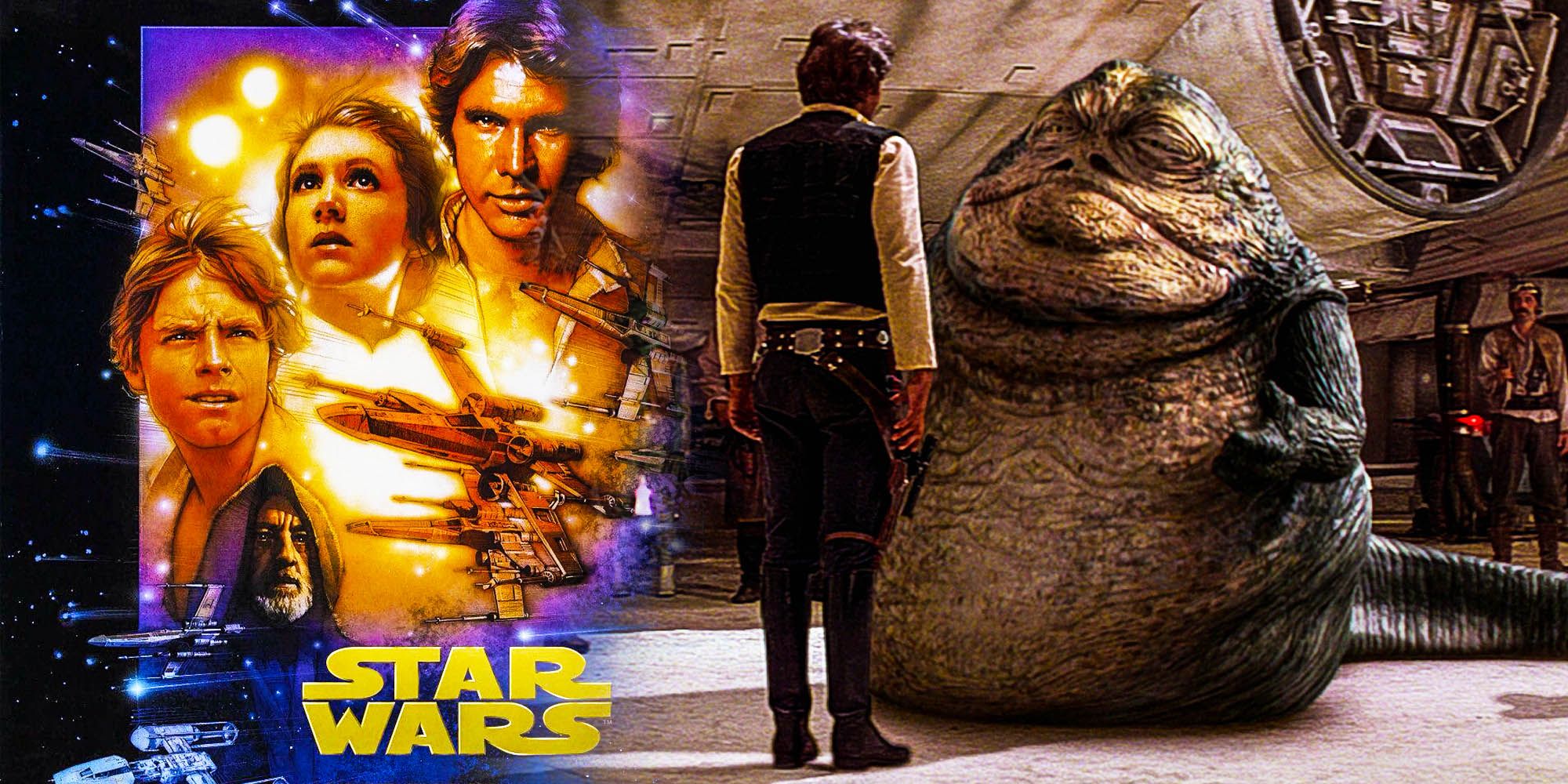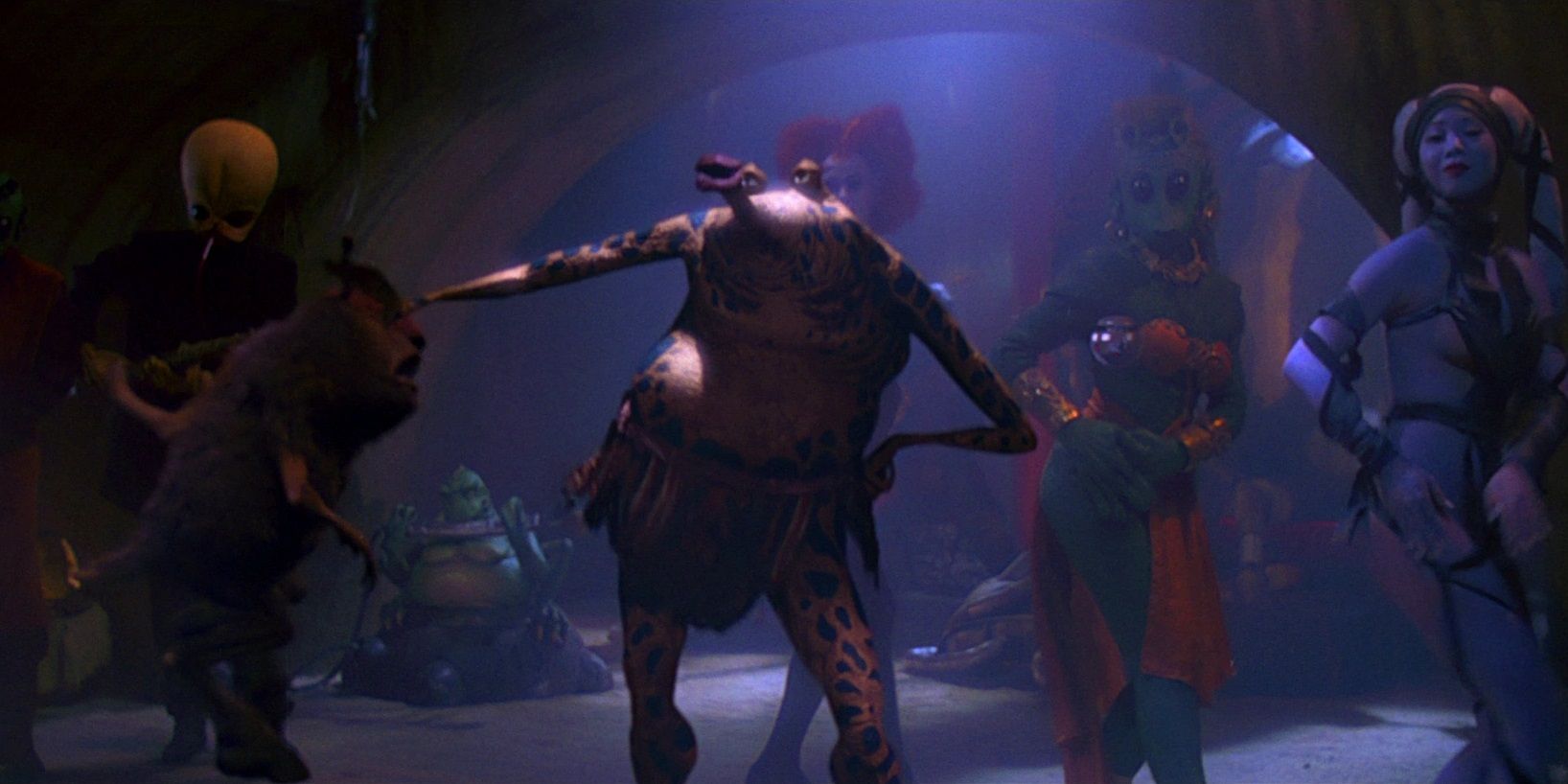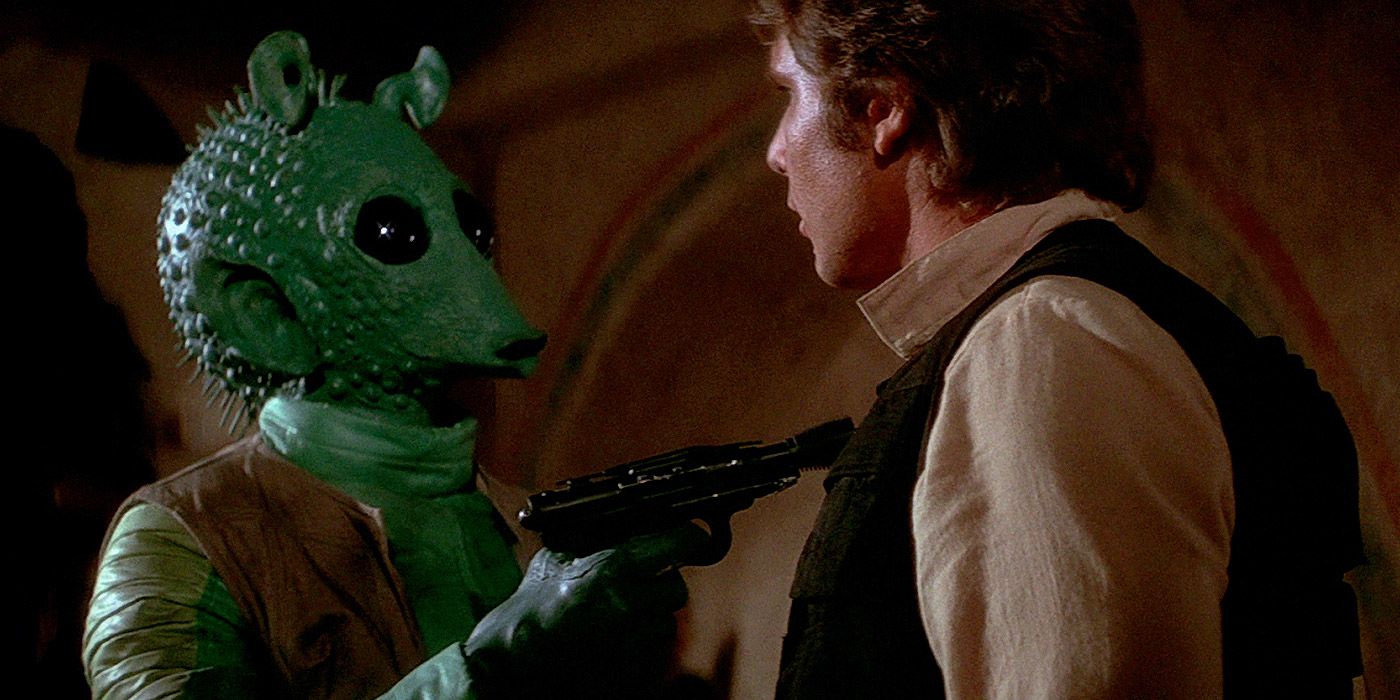The Star Wars special editions are infamously derided by casual viewers and longtime fans, but why are they so hated? The Star Wars special editions made numerous changes to the Star Wars original trilogy films, many of which are controversial but others having a warmer reception. Nevertheless, the special editions of A New Hope, The Empire Strikes Back, and Return of the Jedi have a reputation as being inferior or even disrespectful iterations of the originals. While there were several changes that some viewers see as improvements, many others did a disservice to their films by adding unnecessary details or affecting their character and story arcs.
The Star Wars original trilogy films became instant classics, changing the course of American cinema history and helping to create the modern blockbuster. In the 1990s, however, digital special effects had become far more advanced than they were in the late 70s and early 80s. Films like Jurassic Park proved that robust CGI effects could significantly enhance a film, and Toy Story showed that a film could even be entirely CGI. In 1997, with the Star Wars prequel trilogy in development, Lucas revisited and re-released the original trilogy films, enhancing them with digital effects and adding new scenes as a means to modernize the classic movies.
While plenty of the special editions’ changes are deservedly hated, there are plenty that improved on the original films. By including The Outrider in Mos Eisley, A New Hope tied the films to the Legends-era materials that’d been the official canon at the time. A New Hope also included a much-needed scene of Luke reuniting with his childhood friend, Biggs. The Empire Strikes Back showed far more of Cloud City, showcasing the beauty of Lando Calrissian’s home, as well as redubbing Boba Fett with Temuera Morrison, the actor who played Jango Fett in the prequels. Return of the Jedi’s best change was the new ending sequence, which showed multiple worlds throughout the galaxy celebrating the fall of the Empire, making it feel like the conclusion to an entire saga instead of just the ending to a film.
Star Wars Special Edition Changes Are Distracting & Unnecessary
The Star Wars special editions intended to modernize the original films and, retroactively, make them align more with George Lucas’ original vision. For the most part, the special editions succeeded in this regard, but many of the changes, especially in post-1997 releases, became distractions. When Imperial Stormtroopers questioned a Mos Eisley Cantina patron in A New Hope, another trooper was visible, dismounting a dewback but creating a visual distraction from the patron’s conversation. Obi-Wan Kenobi’s Krayt Dragon howl was changed multiple times, with the 2011 Blue-Ray special edition making it sound more human than the previous iterations. Moments earlier, R2-D2 was shown hiding from the Tusken Raiders, but an additional rock was added to his cave hiding place, making the hole to enter smaller than Artoo.
Throughout A New Hope, there were instances of censorship during Han and Luke’s blaster skirmishes aboard the Death Star, with the camera inconsistently cutting out frames of blaster bolts hitting non-armored Imperial military personnel. This decision was odd, considering the plethora of instances where non-armored warriors were struck down by blaster bolts throughout the rest of the saga. Return of the Jedi also had its fair share of unnecessary changes, particularly in the 2011 Blu-Ray release. The door to Jabba’s Palace was enlarged in one establishing shot, then back to its previous size in all other scenes, and a CGI dug was added into a scene, walking past a group of aliens made with practical effects and costumes, a strange addition, also considering that the dug never reappeared.
Perhaps the most distracting changes were the new musical number in Jabba’s Palace. The new song, Jedi Rocks, was drastically different from the other musical pieces played by Jabba’s band and featured several band members who were completely CGI, which the scene showcased gratuitously. From the 2004 DVD special edition and onward, Return of the Jedi also made a significant change to Anakin Skywalker, replacing Sebastian Shaw’s depiction of a hypothetical older Anakin without his Darth Vader cybernetics with Hayden Christensen’s portrayal of Anakin before he’d become Vader. This change was distracting due to its divisiveness, with some viewers appreciating it, tying the ending to the prequels, and others feeling that it was disrespectful to the late Sebastian Shaw.
The Star Wars Special Editions Interfered With Character Development
The most problematic changes in the Star Wars special editions went beyond distractions and interfered with character development. Easily the most infamous of these was Han Solo’s confrontation with the bounty hunter Greedo. Greedo fired at Han and missed at point blank-range before Han dispatched him with a retaliatory blast. Part of Han Solo’s arc was becoming a hero and leaving his coldly pragmatic criminal life behind. Han originally blasted Greedo preemptively but having him wait for his opponent to fire first ruins this development. Moments later, Han’s scene with Jabba the Hutt ruined the reveal of the Millennium Falcon, repeated dialogue from the Greedo scene, and mischaracterized Jabba. Jabba came off as less of a crime lord and more of a lackey, haggling with Han over his owed credits and letting Han step on his tail disrespectfully.
The Empire Strikes Back’s 1997 special edition did a disservice to Luke Skywalker’s characterization in one of its most pivotal scenes. After learning that Darth Vader was his father, Luke allowed himself to fall into the Cloud City abyss rather than join Vader and surrender to the dark side. While he faced certain death with silent dignity before, the special edition had Luke scream in fear as he fell, strangely using an audio clip of what sounds like Palpatine’s death scream in Return of the Jedi. This addition was removed in the 2004 DVD special edition and remained gone from all subsequent releases.
Another detrimental change was added to the 2011 Blu-Ray special edition of Return of the Jedi, doing a disservice to one of Darth Vader’s most important scenes. While Emperor Palpatine was slowly killing Luke Skywalker with Force lighting, Vader decided to renounce his Sith Lordship on the spot, assuming his Anakin Skywalker identity once more and throwing the Emperor down a shaft to his death. Vader did this silently until 2011, where he shouted “no” repeatedly before killing Palpatine. The original version of the scene sufficiently communicated Vader’s feelings through body language, but the new iteration does away with any sort of subtlety, making for an inferior iteration of the dramatic sequence. While not all of the Star Wars special edition changes were hated, moments like these did more harm than good from a storytelling perspective.



